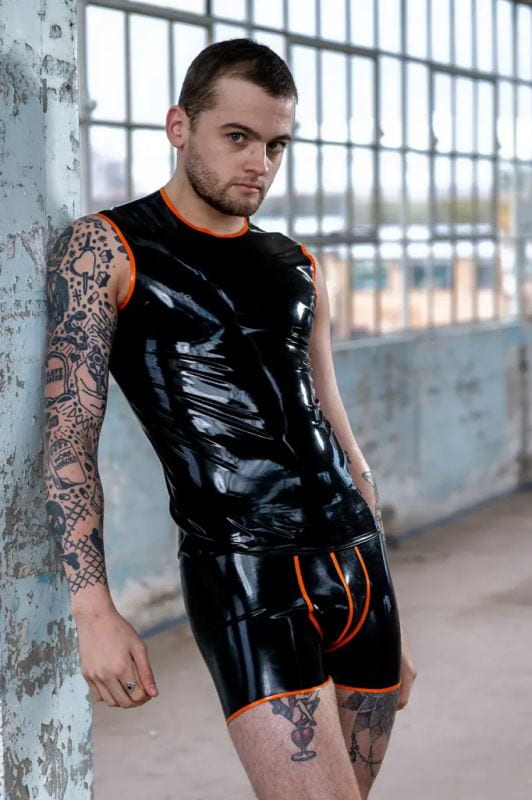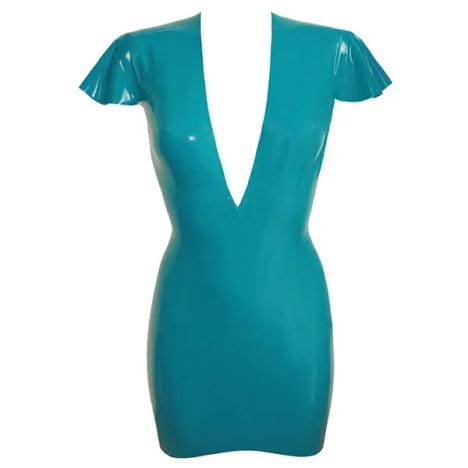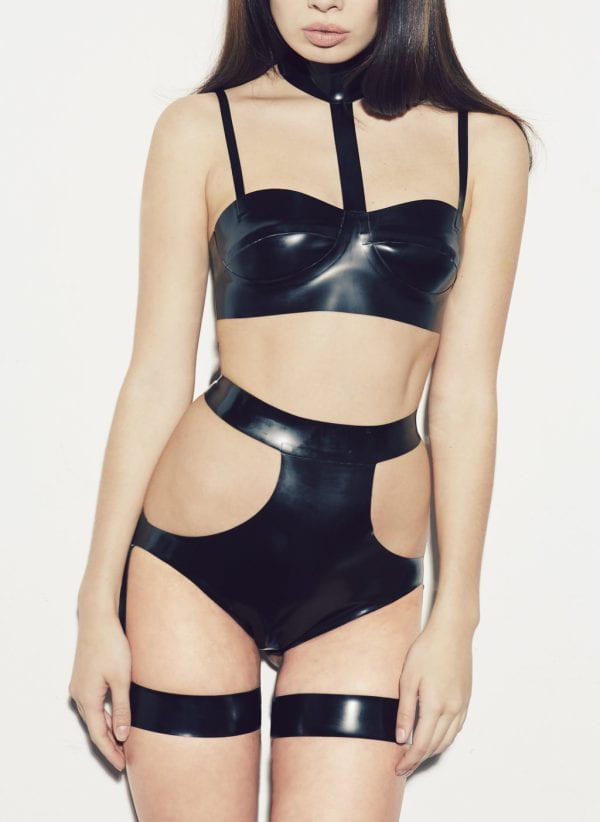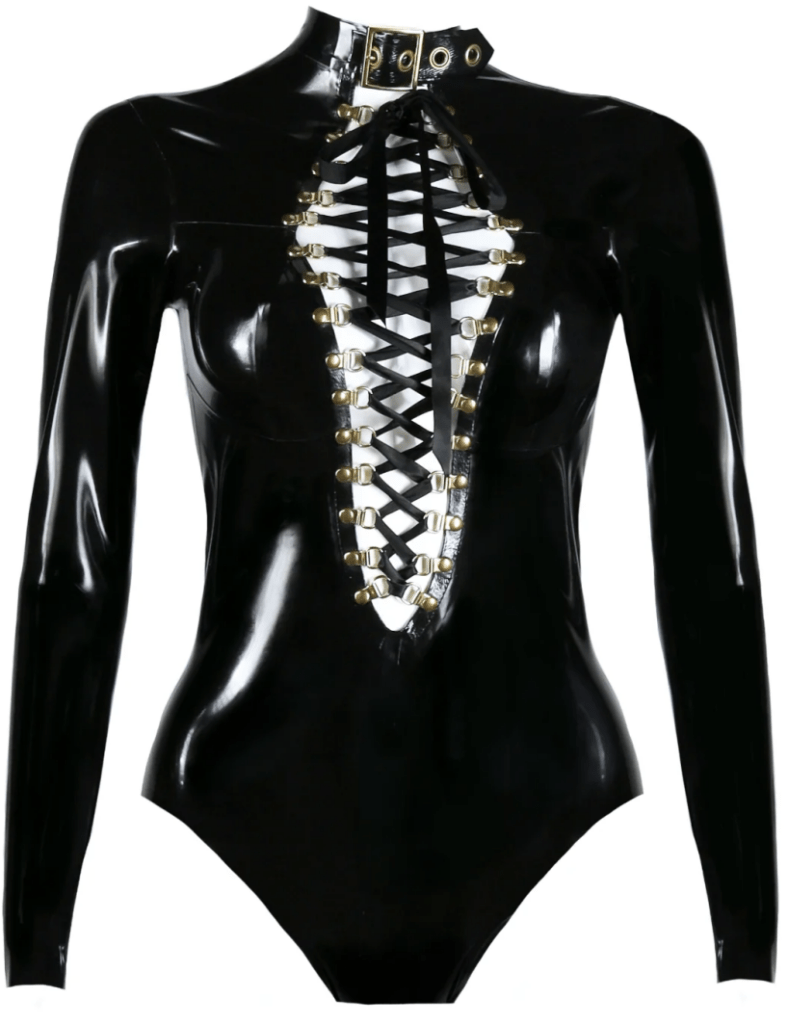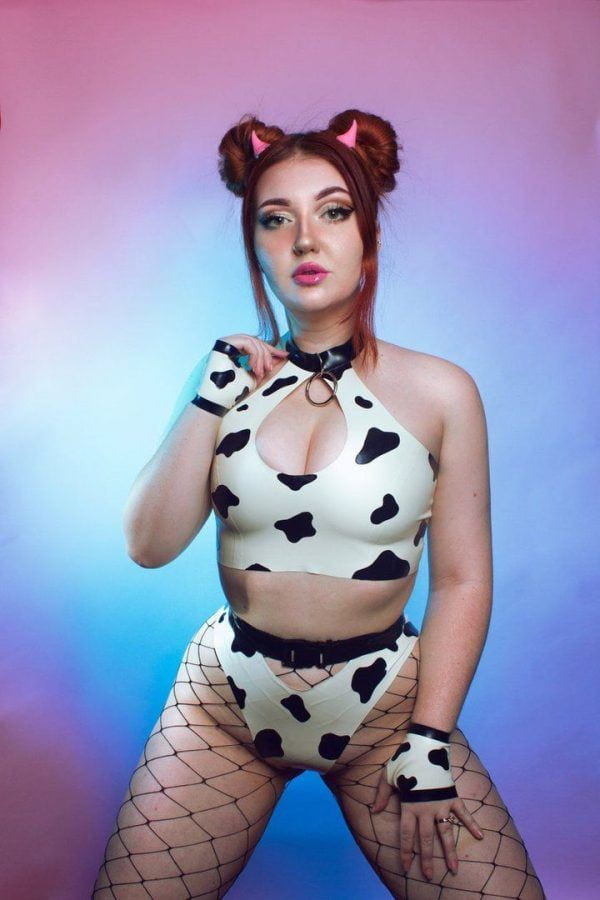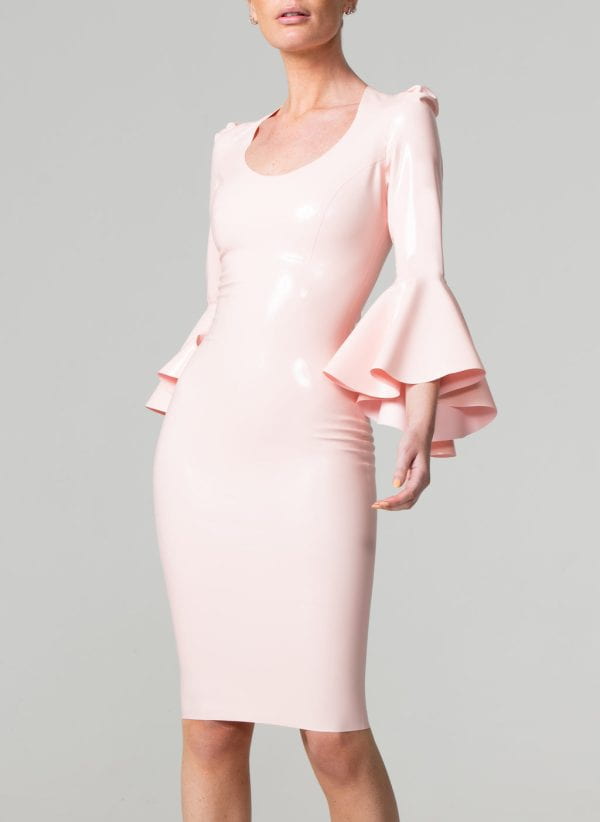
Latex Clothing: What is it and Why is it so Popular? Latex clothing is a unique, attention-grabbing fashion statement that has garnered quite the following in the past few years, thanks to its figure-hugging, form-fitting finish and bold, in-your-face appeal. But what really constitutes latex clothing and how is it different? What makes it so special? We break down everything there is to know about latex clothing in this feature.
Latex clothing is made of latex rubber, a natural or synthetic material known for its precision elasticity, and durability. The natural version is derived from the sap of the rubber tree, while the synthetic variant is made from a combination of petroleum-based chemicals. In its raw form, latex is processed and molded into dresses, skirts, tops, bodysuits, leggings, and other various garments. The end product is a unique material with a shininess that is immediately recognizable and a fit that is as tight as can be.
While most clothes are made to drape the body in loose-fitting styles of various designs, latex clothing is almost always skin-tight. It frames the body, enhances a wearer’s curves, and gives a figure a sleek and powerful silhouette, securing a wearer’s figure in all the right places. This close fit is a way to allow wearers a feeling of empowerment, while also reducing the potential discomfort of riding up or wrinkling.
Latex clothes provide a kind of sensory feeling that cannot be recreated by your normal fabric. The smoothness and softness of the material against the skin create a different kind of feeling that is both better and similar to wearing a new pair of silk stockings for the first time. Every movement and touch becomes magnified under your latex layer, making the experience of wearing it very intense, and adding a level of excitement to your outfit.
For some, latex clothing is considered high-fashion, with the likes of designers like Saint Laurent and Atsuko Kudo creating latex-inspired pieces to be worn by their models as they walk the runway. For others, it represents a certain subculture. Throughout history, the use of latex has been linked to underground subcultures that participated in BDSM scenes, as well as alternative lifestyles. In the world of haute couture, latex clothing is definitely getting a lot of attention for its artistic, high-fashion value. Many designers and celebrities have incorporated this unique fabric into their collections and wardrobes to showcase its avant-garde appeal and to stand out from the style norm. Within many subcultures such as fetishism and BDSM, latex has been a symbol of identity, desire, and rebellion against cultural traditions.
Despite its niche origins, latex has proven to be far more versatile and mainstream than many would assume. This fabric can be manipulated in numerous ways depending on the desired aesthetic, so it can be transformed from edgy streetwear to high-fashion couture with ease. While latex has omnipresent roles in shocking the population with the unexpected, the fabric’s malleable nature allows it to be constantly shaped and sculpted by planners, and some geometric paving patterns and recent zebras are proof of this. Creative minds continue to explore the confines of possibility, always pushing the envelope and experimenting with new shapes, paints, and textures to keep things fresh in the fast-paced world of fashion.
To summarise, latex is a magical fabric that takes many forms depending on how it is pulled, sewn, and cut. These are the major attributes. A specialized material, it has a pressure-fitting silhouette and is sensory, cult, and wikified. It is also a fabric that is constantly evolving in the fast-paced world of fashion, with new cutting styles and aesthetics developed in unexpected ways to evolve and propel the power of the runway. Like latex clothing, we believe it is high time to be examined in all its beauty, astonishment, and mystery.

